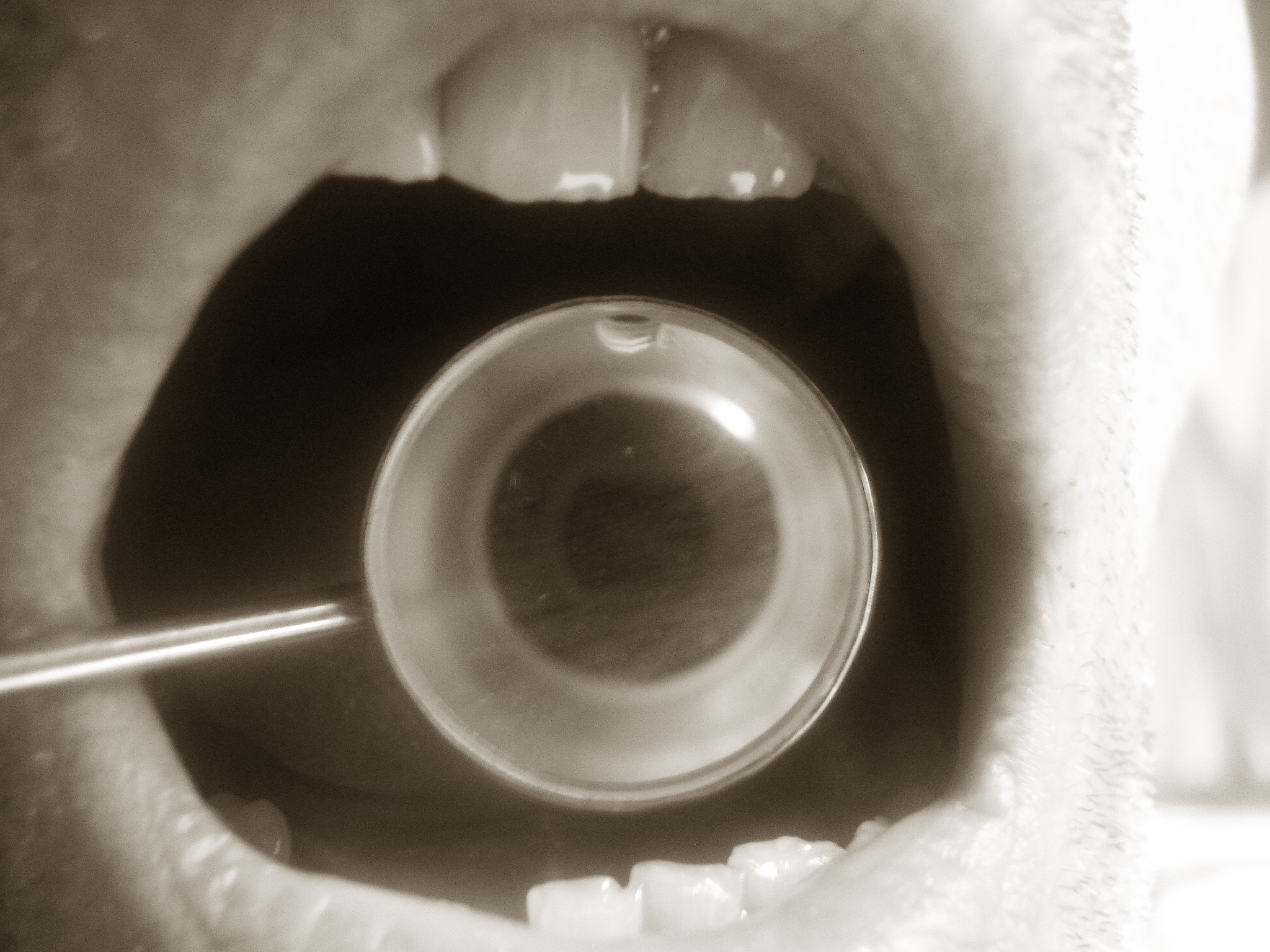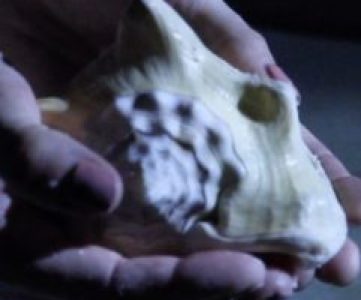TT JOURNAL, VOL.1, ISSUE 3, 8TH OCTOBER 2021
Krzysztof Fijalkowski
Mouth mirror, a quisling on high alert for tartar and abscess: from here you can see the whole world, inside out. Slender and medical, boiled clean after every encounter: a burin or a stiletto armed with sight, with its perfectly round eye. The ideal weapon might be shaped like this: stealth, tensile agility, and that tiny ruthless gaze, built to cross the ocean of space between inside and the outer realm. You are truth on a stick.
The yawn, the chaos, and in it goes. Inside the palace, it’s the back of the furniture that tells the real stories, the identification of the maker’s marks. Scratches and growths, encroaching cushiony masses, and a wonderland of leftovers missed by the twice-daily cleaning staff. It’s the mirror’s job to spot all of this, reversed out, glimpsed in a glass dish that winks data to its masters. This little round picture like a pinch of pure thought, like perception reduced to its smallest glinting place.
Skirmishes, first contacts, but above all the strategies of inspection – it’s the avant-garde. Because this is the real job of the avant-garde: not to fight but to look, and look harder. To look in the place where speech, taste or kissing have been. To put looking in a shape; to report back from the collapsing, from an awkward truth behind the teeth. The artist too is a concise, perfectly round mirror, hunting for the trouble that can’t yet be named.

Krzysztof Fijałkowski is a lecturer, writer and artist with a long-standing interest in the history and ideas of the international surrealist movement, and teaches on the BA Fine Art programme at Norwich University of the Arts (UK). Recent publications have included contributions to The International Encyclopedia of Surrealism (joint editor and author, 2019), Objects of Desire: Surrealism and Design 1924–Today (2019) and The Situationist International: A Critical Handbook (2020). He has also published and exhibited with international contemporary surrealist groups.
More from the author HERE
